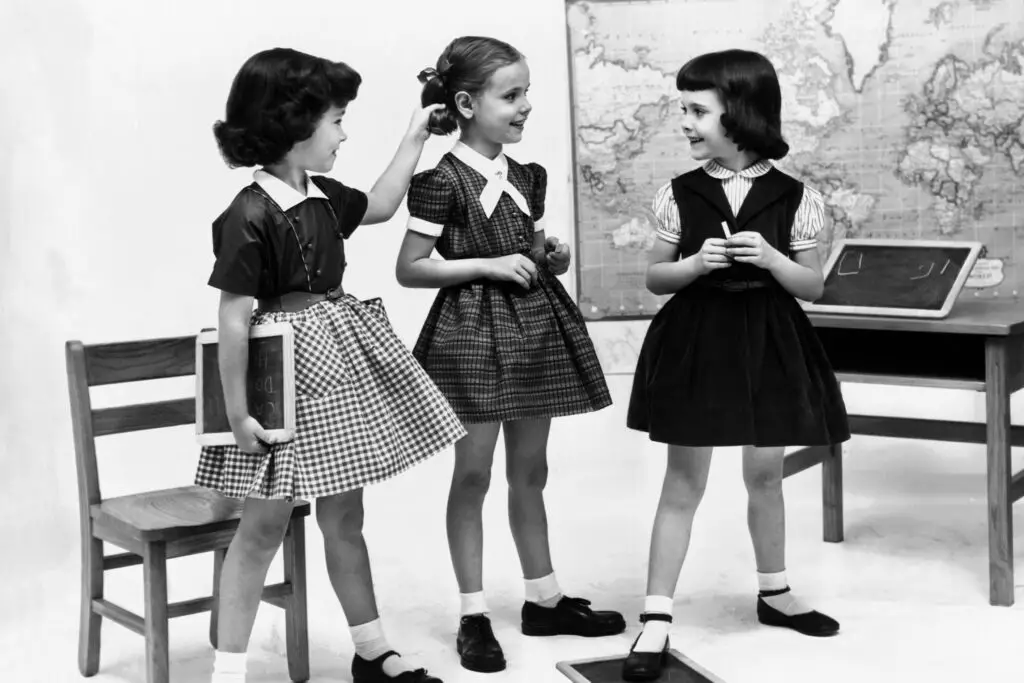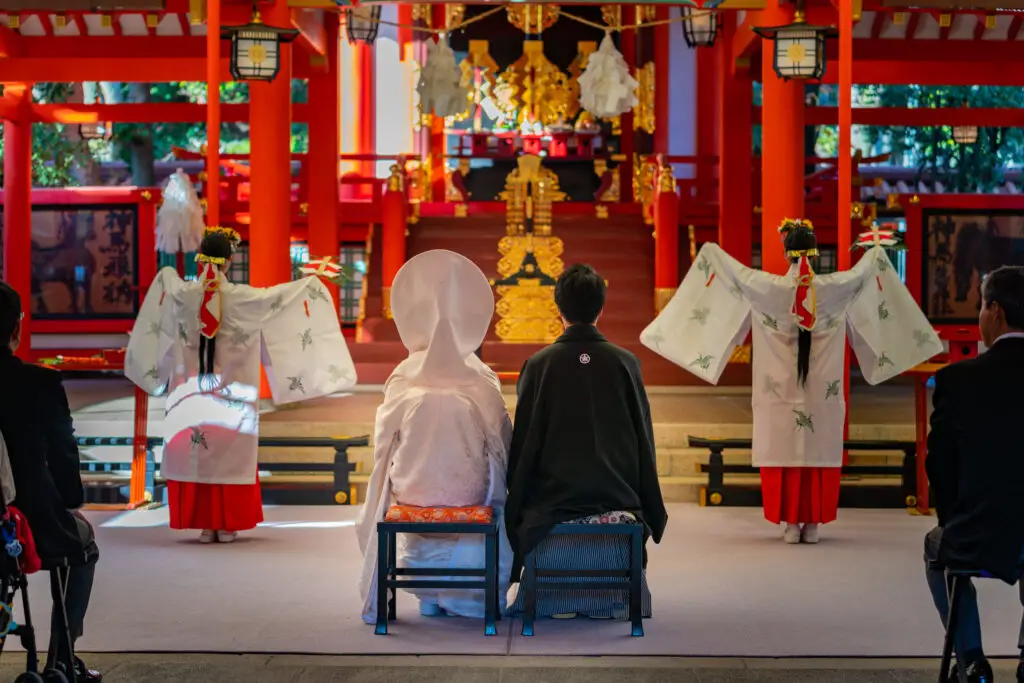1. The “No Mustaches” Law in England

In the 16th century, England had a rather peculiar law that banned men from wearing mustaches. King Henry VIII, known for his eccentricities, thought that mustaches made men look suspicious or untrustworthy. The law was enforced with such fervor that it became a social norm to be clean-shaven, especially among the higher classes. It wasn’t just about appearance, but about maintaining a certain order in the kingdom—no facial hair was seen as a sign of respect to the king.
Those who dared defy the mandate faced heavy penalties, including fines or even imprisonment. The law was part of a broader effort to control personal appearance as a means of asserting power. What may seem like an absurd rule now was actually quite effective in shaping the public’s image of royal authority. Mustaches, at the time, were linked to rebellion or nonconformity, and for that reason, the law stood strong for years.
2. The “No Lifting Your Skirt” Rule in France

In 18th-century France, women had to abide by a law that prohibited lifting their skirts in public. The law came about after a royal scandal involving a courtier who allegedly caught a glimpse of a woman’s legs during a public parade. The French monarchy, always sensitive to the appearance of moral decay, imposed the law as a way to protect the modesty and decency of the French court.
In practice, this law forced women to maintain strict composure when walking, essentially banning any sort of playful or informal behavior in public spaces. It was seen as a regulation that upheld the dignity of both the aristocracy and the common folk. While it may sound absurd today, back then, it was considered a necessary measure for ensuring women adhered to societal expectations of femininity.
3. The “Not Too Much Crying” Law in Ancient Rome

In ancient Rome, there was a law that forbade excessive crying at funerals. The idea behind the regulation was that mourners should not express too much emotion, as it was thought to disturb the peace of the public. The law stipulated that only certain designated mourners, often paid professionals, could publicly grieve. Excessive displays of emotion were seen as undignified and were believed to undermine Roman values of stoicism and self-control.
While this may seem heartless to us today, the Romans believed that grief should be controlled and not allow anyone to become a spectacle. The funeral rituals were carefully designed to maintain order and show respect, but without unnecessary emotional outbursts. So, if you were caught sobbing too loudly in the streets, you could find yourself facing a fine or being publicly scolded.
4. The “No Pigeon Feeding” Law in Venice

In Venice, a law was enacted in the early 20th century that prohibited people from feeding pigeons in public spaces, especially around famous landmarks like St. Mark’s Square. This law was aimed at controlling the pigeon population, which had grown out of control, leading to significant damage to the city’s architecture and public spaces. The fine for feeding pigeons was steep, and the law was strictly enforced by authorities who patrolled popular areas.
Although it may seem harmless, feeding pigeons in Venice had far-reaching consequences. Pigeons’ droppings damaged buildings, statues, and other historical landmarks, and their numbers grew rapidly. The law, while bizarre to some, was one of the few that balanced the preservation of cultural heritage with the practical realities of city maintenance.
5. The “No Whistling at Night” Law in the Philippines

In the Philippines, an old law once dictated that no one could whistle after dark. The law was believed to have been enacted to prevent evil spirits from being summoned. Whistling, particularly in the evening, was thought to be an invitation for supernatural forces to enter the home or cause mischief in the community. While this belief may have been rooted in folklore, the law was enforced as a way to maintain societal order and keep the community free from bad luck.
Though it seems odd, the law had its roots in traditional practices and the cultural importance of superstitions in the Philippines. It wasn’t until much later that the law fell out of favor, but it had been strictly followed for generations. The idea of whistling being dangerous during the night was not just a superstition, but a deeply embedded cultural norm.
6. The “No Singing in the Streets” Law in Russia

In Imperial Russia, there was a bizarre law that prohibited singing in the streets during certain hours of the day. The government feared that public singing would lead to unrest and the spread of revolutionary ideas. The law was particularly enforced during the reign of Tsar Nicholas I, who was deeply concerned about any form of public assembly or expression that could threaten his rule.
The law was enforced through random patrols and spies in the streets who would fine anyone caught singing in public. While singing was a common form of expression for many, authorities saw it as a possible tool for rebellion. The law was one of many designed to control public life and suppress any hint of dissent against the monarchy.
7. The “No Talking in Public” Rule in England

In the early days of the English monarchy, there was a peculiar law that banned talking in public during certain times of the day. The law was intended to maintain order and prevent gatherings where rumors or gossip might spread. The belief was that too much idle chatter would lead to chaos and undermine the authority of the monarch.
Anyone caught violating this rule could be fined or even arrested, depending on the severity of the offense. The law was particularly enforced during times of political upheaval when the monarchy feared that the spread of information or dissenting opinions could weaken their control. It sounds almost comical today, but in its time, it was an accepted part of life in England.
8. The “No Pants for Women” Law in Japan

In early 20th-century Japan, women were prohibited from wearing pants in public, with the exception of certain professional roles. The law, though odd by modern standards, was seen as a way to uphold the traditional ideals of femininity and modesty. Women were expected to wear dresses or skirts to maintain their delicate and graceful appearance, as dictated by societal norms.
Enforcement of the law was strict, and women who dared to defy it could face public ridicule or punishment. In some cases, women who wore pants were seen as rebellious or disrespectful, and the law was a way to maintain control over women’s appearances. It wasn’t until the post-war period that attitudes began to shift, and pants slowly became acceptable in public for women, especially in Western-influenced urban areas.
